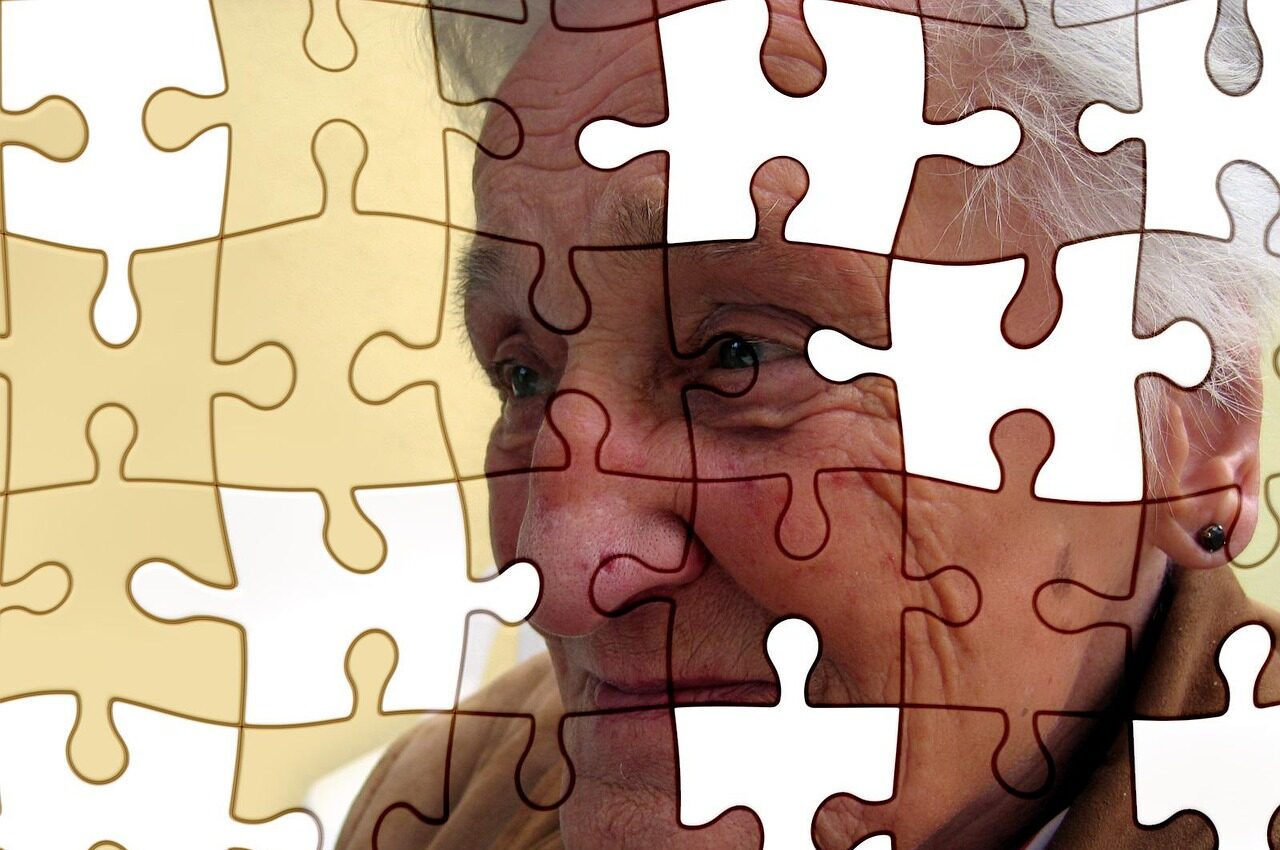
The number of healthcare claims for eating disorders has drastically increased
Eating disorders are a complex, diverse collection of serious illnesses that impact people’s eating behaviors as well as their thoughts and emotions regarding food. Though eating disorders have the common misconception of being a lifestyle choice, this group of illnesses is incredibly serious and can even be fatal. There are several types of eating disorders, though the most common include anorexia nervosa, bulimia nervosa, binge eating disorder, and avoidant/restrictive food intake disorder (ARFID). A person’s preoccupation with food, body weight, and shape not only affects mental health, but can cause severe harm to a person’s physical health as well. Co-occurring mental health conditions, family history, and various environmental factors may all play a role in someone developing an eating disorder.

According to a report by FAIR Health published in November 2023, the number of healthcare claims for eating disorders increased 65% as a percentage of all medical claims in the United States (US) from 2018 to 2022.
The health care claims repository evaluated over 43 billion private health care claims records to examine trends in eating disorders based on national levels, demographic and socioeconomic factors, and coexistence with other health conditions. Their investigation found that there was an increase in all eating disorder subtypes, but the highest rise was for ARFID, followed by bulimia nervosa. Women and girls accounted for the majority of eating disorder claims filed; 89% for females compared to 11% for males. Furthermore, nearly 75% of patients with eating disorders also presented with at least one co-occurring mental health condition that was not another eating disorder, with the most common concomitant condition being general anxiety disorder, followed by major depressive disorder. Additionally, the analysis uncovered that in 2018, the age group most contributing to the number of claims filed were patients from 19 to 24 years old. However, by 2022, the age group with the most files claimed shifted to patients aged 14 to 18 years old, which in recent years, has been identified as a vulnerable age group for mental health concerns.
Similar to other conditions that can coexist with diabetes, eating disorders among those with type 1 diabetes (T1D) are exceedingly common, and according to research, occur more frequently in this subgroup than in the general population. Specifically, women and girls with T1D are more than twice as likely to develop an eating disorder than their counterparts without diabetes. Similarly, the prevalence of disordered eating, or altered eating behaviors that don’t necessarily meet the criteria of a clinical eating disorder, is also greater in those with type 1 diabetes.
How can eating disorders affect someone with diabetes?
The impact of having an eating disorder is vast. Ordinarily, having one of these illnesses can be attributed to many health consequences that negatively affect not only a person’s gastrointestinal, cardiovascular, and nervous systems, but also their hair, skin, hormones, kidneys, and blood cells.
However, for someone who has diabetes, experiencing common eating disorder symptoms such as fatigue, headaches, difficulty concentrating, and increased anxiety or depression can make managing their diabetes even more challenging. Depending on the type of disorder, the dangerous combination of an eating disorder and T1D may also lead to an increased risk of chronic hypoglycemia, diabetes ketoacidosis (DKA), and diabetes complications such as retinopathy, neuropathy, and kidney failure. There are numerous signs of eating disorders among those with T1D.
Signs associated with two common eating disorders usually linked with diabetes:
Anorexia
Bulimia and Diabulimia*
*Diabulimia is a form of purging through the act of purposely omitting insulin doses, which may place someone in almost a constant state of dangerous ketosis or DKA.- Frequent low blood sugars
- Hospitalizations from severe low blood sugars
- Significantly underweight
- Associates self-worth with body weight or shape
- Insulin omission/restriction
- Fasting
- Excessive exercise
- Self-induced vomiting and/or overuse of laxatives, diuretics, or enemas
- High A1c
- Rapid weight loss or gain
- Constantly dehydrated/frequent thirst
- Frequent urination
- Reluctancy to eat in front of others
- Associates self-worth with body weight or shape
If you think you may be experiencing either disordered eating patterns or believe you may have a diagnosable eating disorder, you are not alone. We encourage you to reach out to your IDS clinician if you would like to have a confidential conversation about this topic.
For more information about eating disorders, including where to find additional support, you can visit the National Eating Disorders Association (NEDA).
Article by IDS Volunteer, Krystal Bosenbark, MPH, MS
Back to December 2023 NewsletterOriginal Article










